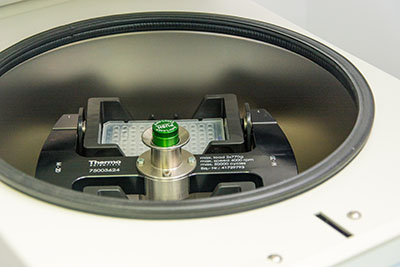ETER
Environment evaluation and remediation
The contamination of land and groundwater in post-industrial regions, as a result of anthropogenic activities has given rise to numerous impacts resulting in unfavourable end points. In many cases, pollution has affected both land and water sources utilised by local populations. Regulatory agencies, potential developers and those responsible for land remediation are rarely able to consider whether the levels of metals soil contamination comprise an actual hazard. There is a need to establish priorities for remedial action which can take into account all of the factors involved. Decision makers responsible for environmental and health policies therefore need access to a range of information about the extent of dereliction, the levels of pollution – current and projected – to which they are subjected, sources of funding for restoration, legislation and planning requirements. Decision makers need to be aware of the types of remediation available, with an assessment of their relative merits and costs. This requires tight collaboration between chemists, physicists and engineers whithin studies of the complex problems regarding the environment evaluation and remediation.
The role of ETER Research Infrastructure is to support and build the development both of new and modern analytical methods for environment evaluation and innovative and highly adaptable solutions for soil remediation with a wider applicability. In ETER, researchers have access to carry out focused and trans-disciplinary research activities within the field of environment evaluation and remediation. This research infrastructure is designed to solve problems related to:
- Development of modern (spectral) non-conventional methods for analytical investigations with applications in environment protection, health, and food security;
- Determination of the chemical forms of metals and some specific persistent organic pollutants (POPs) in waste materials, soils, dusts and waters to establish their solubility, pathways and potential bioavailability through components of the environment to food plants, domestic livestock and humans, and possible vertical and lateral migration in the soil/water system;
- Development of modern analytical, green methods (extractive, purification, concentration);
- Development of modern, advanced analytical techniques for qualitative and quantitative determination of endocrine disruptors from environment factors;
- Elaborating advanced strategies for in-situ and on-site soil / groundwater decontamination such as myco-phytoremediation, the use of locally available natural and modified zeolites and other innovative clean up technologies;
- Development of QA/QC systems for remediation performance and total emissions;
- Development of Cost/effective technologies for groundwater and soil remediation;
- Evaluation of the pollutants potential bioavailability related to crops, livestock and humans, integrating air dispersion modelling techniques based on bioavailable fraction of contaminants rather than total concentration.
Presently, the ETER Research Infrastructure is extensively used by students, researchers and scientists. Collaborations are carried out with other scientists, mostly in the institutes or academic research environment. Some work is also carried out with private industry in research environment.

